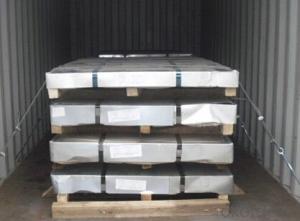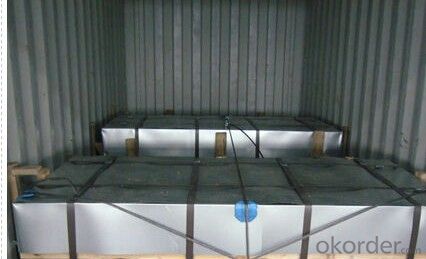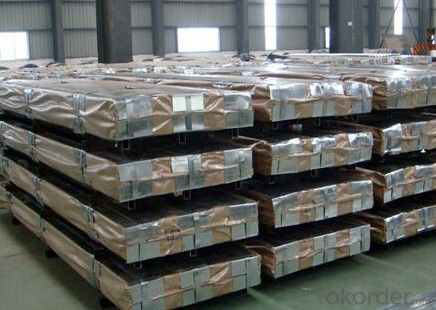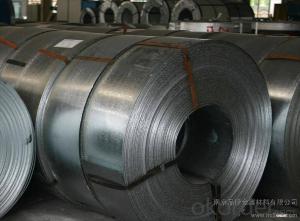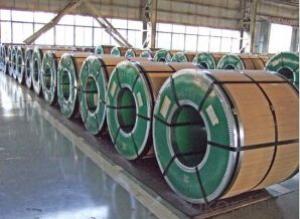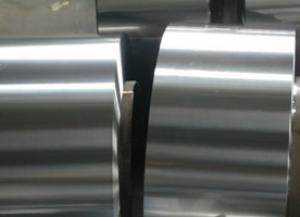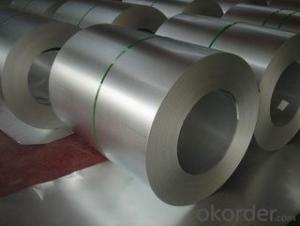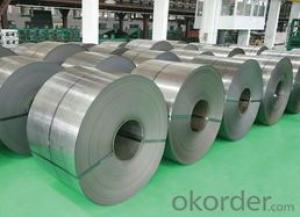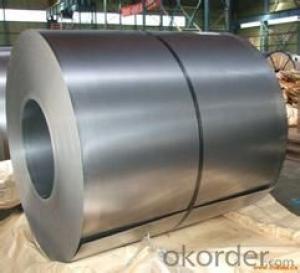EXCELLENT COLD ROLLED STEEL SHEET
- Loading Port:
- China Main Port
- Payment Terms:
- TT OR LC
- Min Order Qty:
- -
- Supply Capability:
- -
OKorder Service Pledge
Quality Product, Order Online Tracking, Timely Delivery
OKorder Financial Service
Credit Rating, Credit Services, Credit Purchasing
You Might Also Like
| standard | AISI, ASTM, DIN, GB, JIS |
EXCELLENT COLD ROLLED STEEL SHEET
Steel Grade | Q195/Q195L/st12/dc01/spcc |
| Thickness | 0.15-1.5mm |
| Width | 500-914mm |
| Length | coil |
| hardness | t2-t5 |
| coating | 1.1/1.1;2.2/2.2;2.8/2.8, 2.8/5.6, 5.6/5.6, |
| Type of payment | T/T, L/C |
| Packing | As per customer's requirement |
| Delivery | 30days after contract |
| Price | FOB&CIF |
| MOQ | 20Tons |
- Q: where can i find information online about steel residential homes that use solar energy?
- Sun energy technologies is not as commonplace as it's photovoltaic cousin, but is nevertheless an important piece in the actual sun power bigger picture. Solar thermal uses solar power in order to heat either drinking water or even atmosphere, that is after that transferred via collectors within order to it's location. With all the actual challenges we're dealing with in respect within order to global warming and also the stunning increase in air pollution caused by green house gas, solar energy as well as also the techniques utilized to funnel it have become vitally important to our long term which of our planet.
- Q: What are the different methods of shearing steel coils?
- There are several methods used for shearing steel coils, including rotary shearing, slitting, and laser cutting. Rotary shearing involves the use of rotating blades to cut the coil into smaller sections. Slitting involves passing the coil through a set of circular blades that make multiple cuts parallel to the coil's width. Laser cutting, on the other hand, uses a high-powered laser beam to precisely cut through the steel coil. Each method has its advantages and is chosen based on factors such as the desired accuracy, speed, and type of steel being cut.
- Q: Can someone help me...i have a diagram and were supposed to calculate the steel tonnage needed for the pictre. Can someone tell me step by step what i need to do (ex:find area of ...)
- Find the volume of steel and then multiply that by the density of the steel.
- Q: Steel is a mixture of Iron Carbon . So , is steel a metal or non - metal ?
- Steel is an alloy mostly made of metallic elements. You really wouldn't classify steel as a metal or a nonmetal. That terminology is mostly used with pure elements.
- Q: I'm just wondering what the best steel would be for an edc/hunting knife that could put up with alot of abuse.
- D2 and O2 steels are nice. They are expensive, but hold an edge extremely well. S30V is nice also. It's a more stain-resistant steel that holds an edge very well. For outdoor hiking/camping knives, it's tough to beat good old 1095 carbon steel. Sure it will rust, but it's tough as nails, not brittle, holds an edge pretty well, and easy to sharpen...and it's pretty cheap. Other steels, AUS8 is an ok cheap steel. It's stain resistant and cheap. AUS6 isn't worth the time or effort. Buck knives does an excellent job of heat treating 420 stainless to become very hard. Their knives are excellent considering 420 stainless is typically soft steel.
- Q: What are the uses of galvanized steel coils?
- Galvanized steel coils are widely used in various industries for their durability and corrosion resistance. They are commonly used in construction for roofing, siding, and structural components. They are also used in the automotive industry for manufacturing parts such as body panels, chassis, and exhaust systems. Additionally, galvanized steel coils find applications in the manufacturing of appliances, agricultural equipment, and electrical enclosures.
- Q: ex: boat hull made out of steel
- egg yolk. it really works. i know this because i built a surfing bicycle (yeah) that had steel on it.just let the steel soak in the yolk for about 3-4 hours and let it dry in a dark area. this will work.
- Q: How are steel coils processed for edge trimming or shearing?
- Steel coils are typically processed for edge trimming or shearing by using specialized machinery such as slitters or shears. These machines are designed to cut the excess edges of the coil, ensuring uniform and precise dimensions. The coils are fed through the machine, where the excess material is removed, leaving clean and straight edges. This process helps to enhance the quality and appearance of the steel coils, making them ready for further manufacturing or fabrication.
- Q: Corten steel tends to overheat in hot environments? (for example copper heats up under the sun)
- Bill summed it up pretty quick and provided a link. For some reason you are focusing on the copper content when it really is insignificant in the overall picture of the sun hitting its surface. If you could elaborate more, maybe we could offer a better answer.
- Q: I want to replace the old refrigator within the next 6 months........ Is the trend to buy a stainless steel refrigerator? Some magazines and internet sites are pointing me that direction. What are the pro's and con's ? I like the color bisque, or cream-color as well, or better, than stainless steel. What would be the reasons to buy stainless steel...is it becoming the most popular color ?
- It's not about color necessarily. Stainless steel is easier to clean and for the most part scratch resistant. It's easier to take care of.
Send your message to us
EXCELLENT COLD ROLLED STEEL SHEET
- Loading Port:
- China Main Port
- Payment Terms:
- TT OR LC
- Min Order Qty:
- -
- Supply Capability:
- -
OKorder Service Pledge
Quality Product, Order Online Tracking, Timely Delivery
OKorder Financial Service
Credit Rating, Credit Services, Credit Purchasing
Similar products
Hot products
Hot Searches
Related keywords
